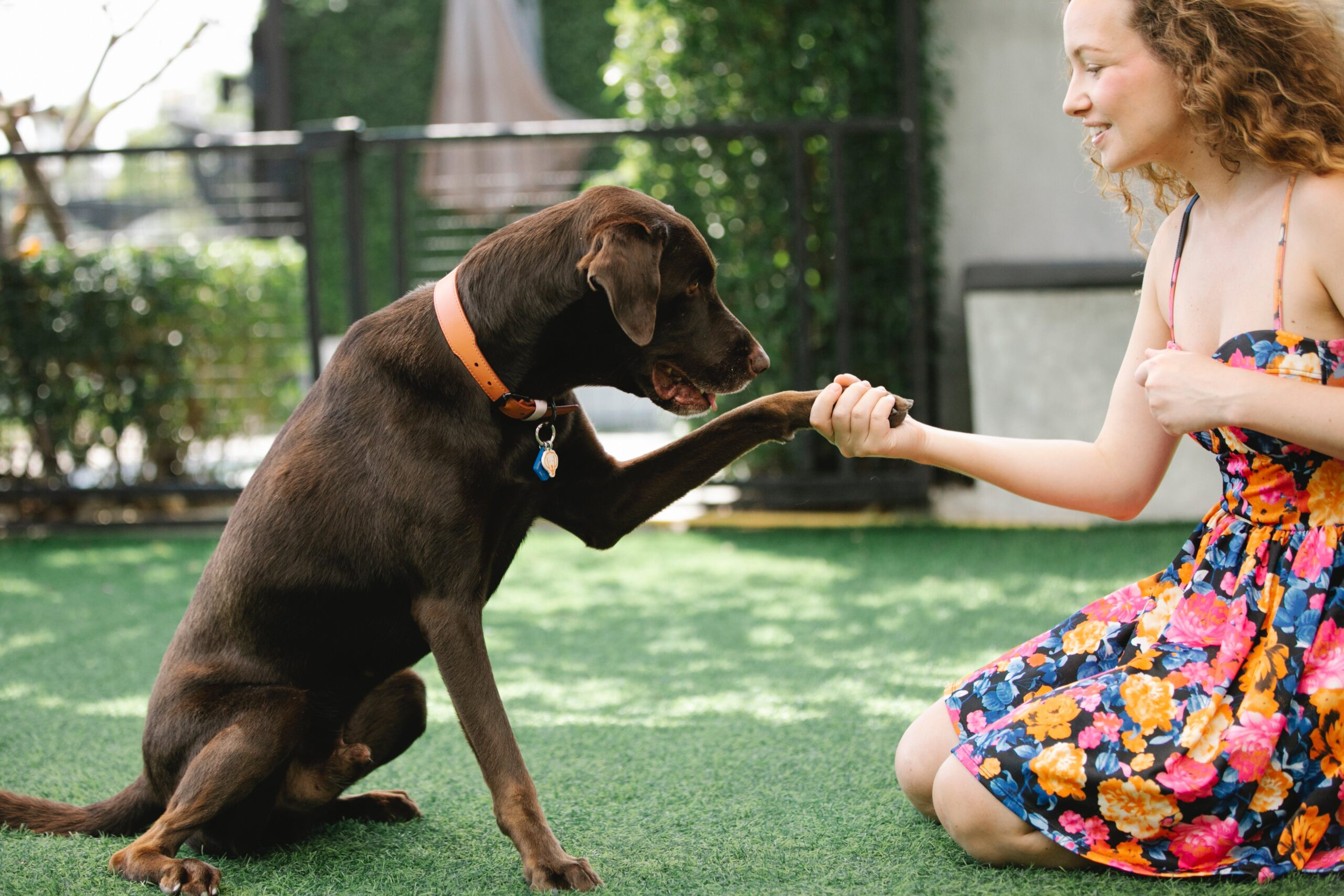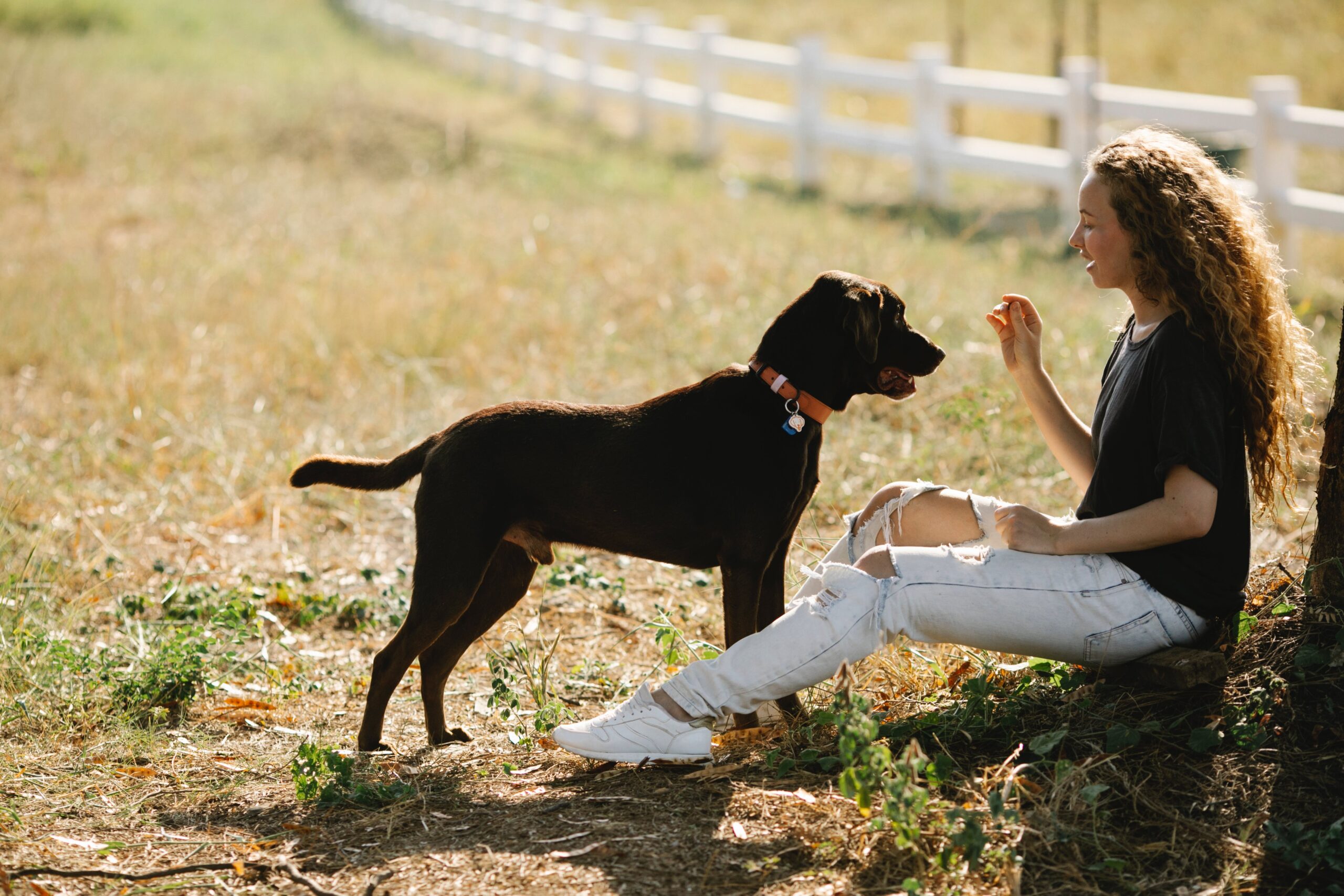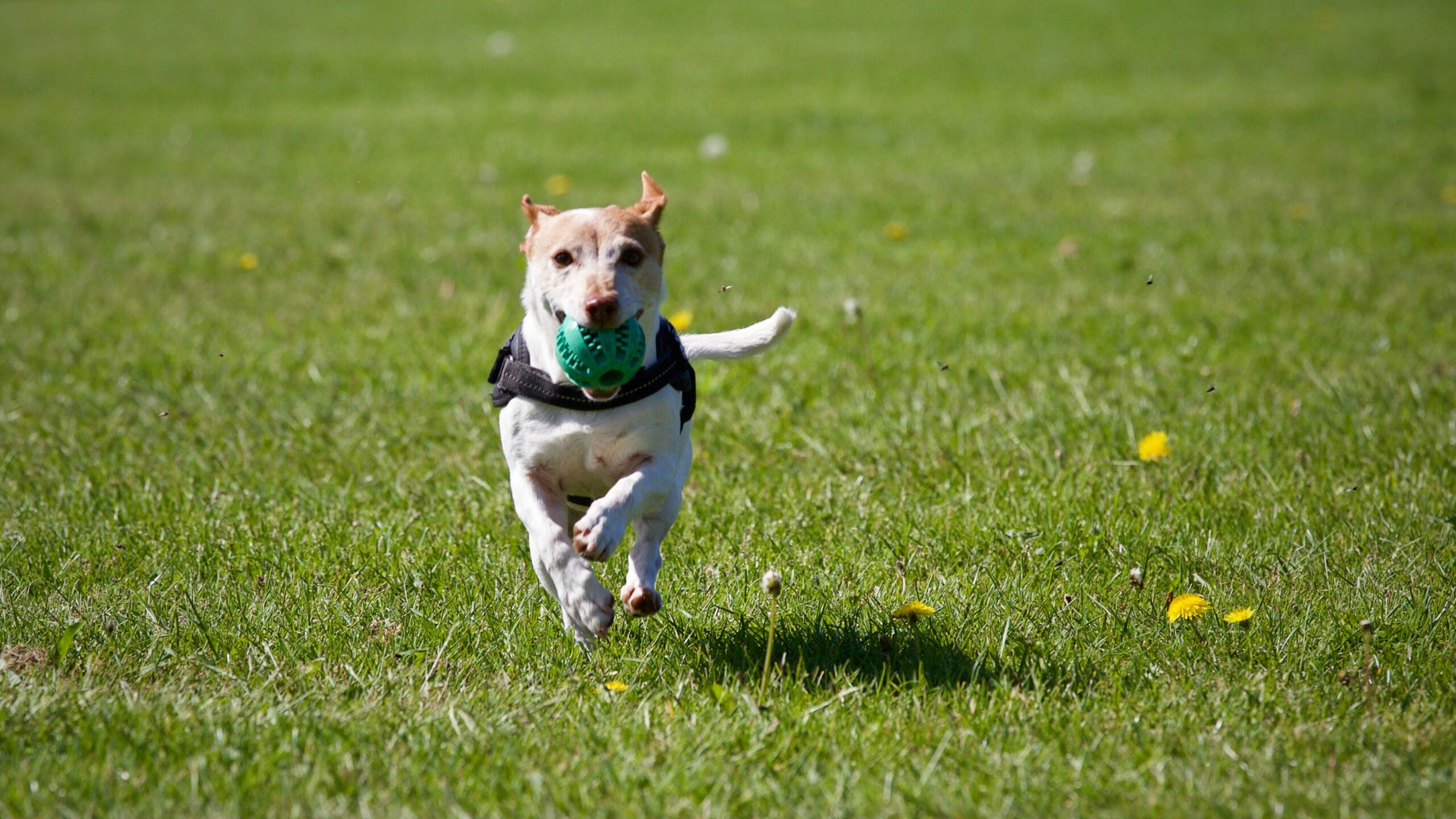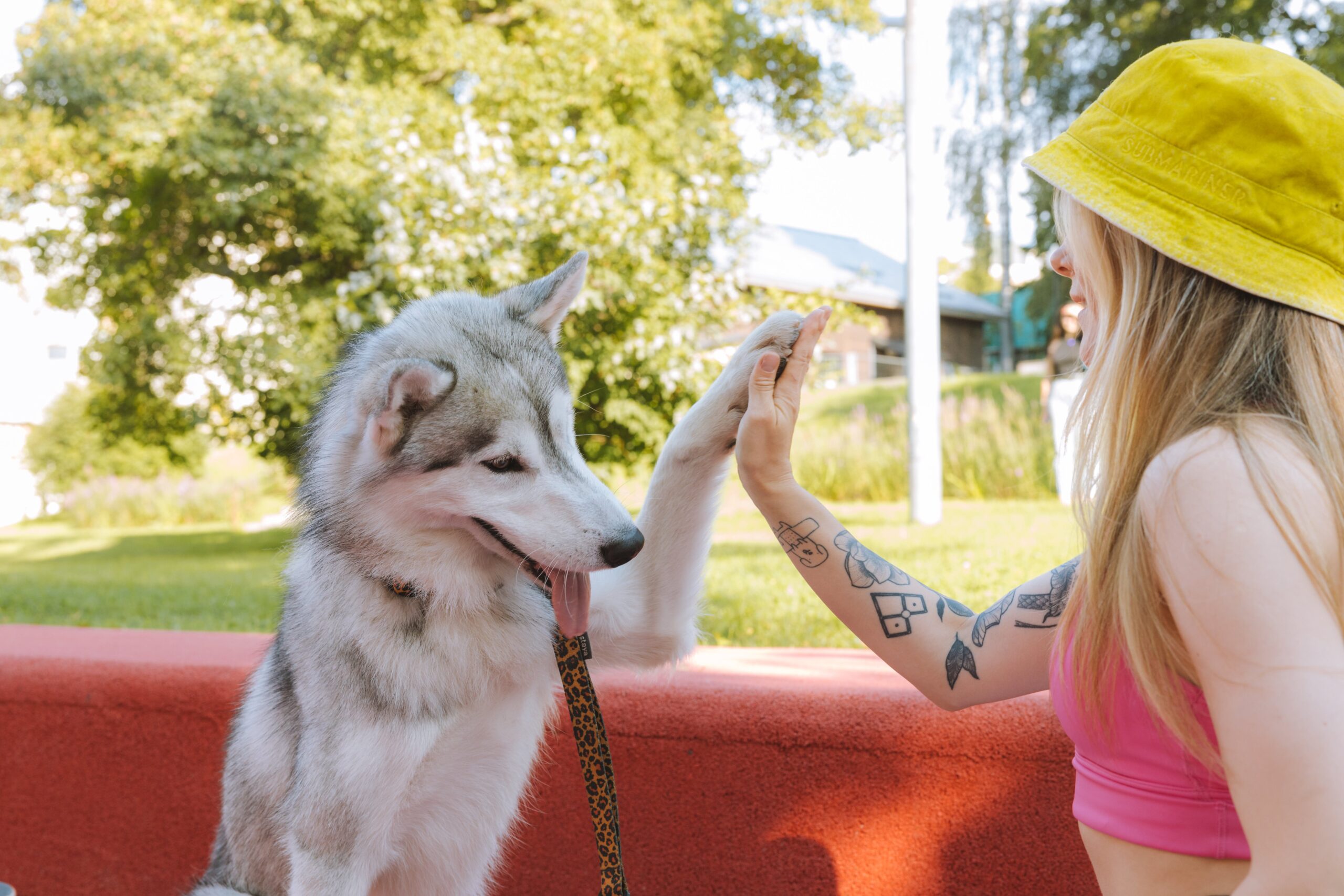Bringing a new canine companion into your life is an adventure filled with joy and challenges. One of the first hurdles to overcome is teaching your new friends what’s expected of them. This comprehensive guide aims to help new dog owners and canine enthusiasts navigate the world of dog taming and training.
Understanding Your Dog
To train your dog effectively, it’s necessary to understand the canine mind. Recognizing dog behavior and body language is essential in gauging their mood and health. Dogs communicate through body signals, whether wagging their tail in excitement or flattening their ears in fear.
Building a bond with your dog is the foundation of any successful training. A strong relationship will make your dog more receptive to learning. Spend quality time with your furry friend, ensuring that you gain their trust and respect.
Establishing Basic Training Techniques
Positive Reinforcement
Celebrated as one of the most effective dog training methods, positive reinforcement involves rewarding desired behavior, including treats, praises, or playtime. This technique strengthens the bond between you and your dog and promotes a positive learning environment.
Clicker Training
Clicker training is a type of positive reinforcement that uses a sound—a ‘click’—to mark the exact moment a desired behavior is performed. This sound helps your dog understand they’ve done something right, leading to quicker learning.
Consistency and Patience
Dog training takes time and effort. It requires consistency and patience. Maintain regular training sessions and be patient with your dog’s progress, understanding that each dog learns independently.
Socializing Your Dog
Socialization is a crucial part of dog taming. Introduce your dog to new people and animals in a controlled and positive manner to prevent fear and aggression. Exposing your dog to different environments helps them to adapt to new experiences without becoming overwhelmed.
Addressing Common Behavior Issues
- Barking: While barking is a natural dog behavior, excessive barking can be problematic. Teach your dog to bark and, importantly, stop barking on command.
- Chewing: It’s essential to recognize that chewing is a natural action for dogs. Redirect this behavior by providing appropriate chew toys and deterring them from chewing inappropriate items.
- Jumping: Teach your dog a calm and polite greeting behavior to replace jumping on people.
- Separation Anxiety: Provide your dog with a safe space and engaging toys, and gradually acclimate them to being alone to mitigate separation anxiety.
Advanced Training Techniques
For those wishing to take their dog’s training to the next level, here are some advanced techniques:
- Teaching Tricks and Commands: Tricks such as ‘roll over’ or ‘play dead’ can be fun ways to stimulate your dog’s mind.
- Off-Leash Training: Training your dog to respond off-leash adds flexibility and enjoyment for you and your pet.
- Advanced Obedience Training: This training enhances discipline and includes complex commands.
Seeking Professional Help
There may come a point when professional advice is needed. Professional dog trainers or behaviorists offer valuable expertise to address specific or stubborn behaviors.
Conclusion
Remember, taming a new dog is a journey that requires time, commitment, and love. With these tips, you can work towards a harmonious relationship with your dog characterized by mutual respect and understanding. Start today and foster a bond that will enrich both of your lives.
Follow these steps, and you’ll be on your path to having a well-behaved furry friend who is a joy to be around.






